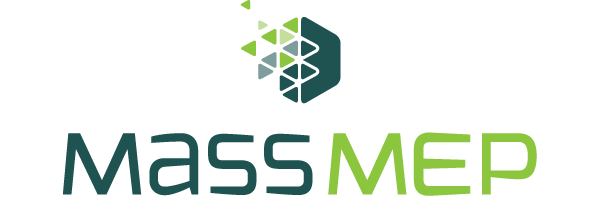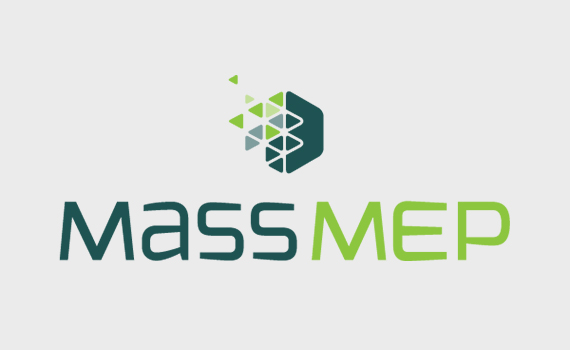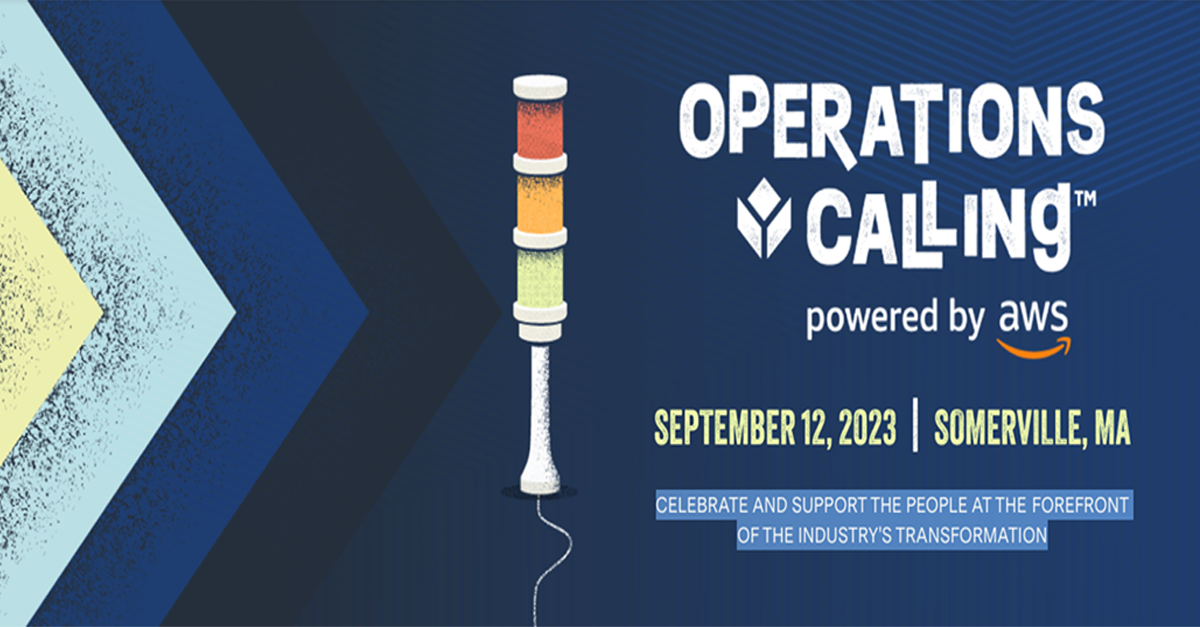Broadband & Digital Equity Summit

Internet for All: Broadband & Digital Equity Summit
The Executive Office of Economic Development, Massachusetts Broadband Institute, and the National Telecommunications and Information Administration invite you to the Internet for All: Massachusetts Broadband & Digital Equity Summit in Worcester.
This day long workshop will bring together critical stakeholders in Massachusetts from the federal, state, tribal, and local governments, industry, and other key collaborators to discuss coordination on broadband efforts as the state prepares to receive significant broadband funds from the Infrastructure Investment and Jobs Act.
Connecting all people in Massachusetts to affordable, reliable high-speed internet is critical to our economic stability and this event will provide an opportunity for us to discuss ways we can work together to efficiently and effectively utilize these federal dollars to the maximum extent. Check back here for proposed agenda topics.
Additional Details
There is no fee to attend this event. Lunch will be provided. If you have any special dietary needs, please contact Julia Pulidindi at (202) 748-7878 or [email protected] by Friday, June 2, 2023.
Upon request, accommodations for individuals with disabilities will be provided by calling (202) 748-7878 or emailing [email protected] by Friday, June 2, 2023.
Also upon request, voice interpretation services will be made available by contacting Julia Pulidindi at (202) 748-7878 or [email protected] by Friday, June 2, 2023.
CONNEX LIVE Registration Event

Register Live for CONNEX with the MassMEP Team Subject Matter Experts
- Enhance your supply chain strength and visualization.
- Increase your bottom line.
- Communicate needs with other local and national manufacturers.
Add this to your calendar and click here to register to attend. See you there!
Summit on SMART Manufacturing Resiliency
Hartleb Technology Center, NECC 100 Elliot St, Haverhill, MA, United StatesExamine SMART Manufacturing demand in three major industries: Advanced Manufacturing, Life Sciences, Climate Technology. Learn how to scale up SMART Manufacturing for profitability, safety resiliency, & sustainability. Determine how small & medium sized manufacturers can overcome barriers to adopting advanced manufacturing. CHIPS Act tech hub proposal in action!

UMass Lowell Women’s Leadership Conference
UMASS LOWELL INN & CONFERENCE CENTER 50 Warren Street, Lowell, MA, United States
UMass Lowell Women's Leadership Conference
The UMass Lowell Women's Leadership Conference and Conversations Series are committed to providing focused, relevant and practical programming to help all of us lead in today's fast-changing work environment. The UMass Lowell Women's Leadership Conference features a full day dedicated to the power and potential of women. This in-person event offers informative programming, inspiring speakers and numerous networking opportunities. Building on the success of our conference, the virtual Women's Leadership Conversations series brings together top experts for targeted sessions on important topics. Free to attend, these interactive conversations allow you to join from wherever you are.
TOPICS BOTH FOR THE IN-PERSON CONFERENCE AND THE VIRTUAL CONVERSATIONS SESSIONS INCLUDE:
- Transformational leadership
- Mentoring
- Advancing your career
- Whole-self well-being
- And so much more!
Success Factors for New Product Introduction
Zoom
Join Boston Engineering and RTI Innovation Advisors during a joint webinar all about Success Factors for New Product Introduction!
Are you curious about what it takes to develop and launch a new product? Do you want to gain a deeper understanding of the commercialization process?
___ Date: Thursday, July 13th
_ Time: 10AM EST
Attend this webinar to:
_ Understand the NPI process and explore implementation
_ Learn to develop a plan, mitigate risks, and prepare for the future
_ Gain insight into the latest industry information and best practices
_ Interact with industry experts and ask your burning questions
WiM Massachusetts | Networking Night
Redemption Rock Brewering Company 333 Shrewsbury Street, WorcesterWiM Massachusetts | Networking Night
Join the Women in Manufacturing (WiM) Massachusetts Chapter and MassMEP for a Networking Night!
Learn more about WiM and MassMEP, and meet professionals from a variety of companies and experience the wonderful Redemption Rock Brewing Company.
Agenda:
- 3:00PM: Guests arrive
- 3:15 PM: Enjoy Appetizers and Cash Bar
- 3:30- 3:40 PM: Welcoming Remarks from WiM Massachusetts and MassMEP
- 3:40 - 5:00 PM: Networking 5:00 PM: Event Concludes
WiM Massachusetts and MassMEP Invite you to a
Networking Night!
Date:
Thursday, July 27, 2023
Time:
3:00 - 5:00 p.m. ET
Location:
Redemption Rock Brewing Company
333 Shrewsbury Street
Worcester, Massachusetts 01604
Cost to Attend:
WiM Member = $10
Nonmember = $10
A Model for Effective Leadership – Workshop
MassMEP 27A Midstate Drive, Auburn, MA, United StatesA Model for Effective Leadership - Workshop
In this half day workshop, discover the art of servant leadership—building trust and transparency Crush stress and overwhelm while showing your team the importance of self-development and taking initiative. You'll be a role model without losing sight of your business goals.
 Paul Serafino, Capacity Volume & Growth Acceleration for Small & Medium Manufacturers
Paul Serafino, Capacity Volume & Growth Acceleration for Small & Medium Manufacturers
One of the key challenges faced by manufacturing leaders is fostering growth and contribution while maintaining high retention and engagement rates. In this workshop, you will uncover the secrets to inspiring your workforce and bringing out their full potential, without drowning in extra work or micromanaging. You’ll gain valuable insights and actionable strategies in these 3 key areas:
- Time management, prioritization, and delegation: Free up 10+ hours per week, reduce unnecessary meetings, and improve communication within your organization.
- Organizational structure and strategy alignment: Minimize lost productivity resulting from misaligned projects and wasted effort. Streamline your company's operations and ensure every task contributes directly to your overarching goals.
- Workforce development and upskilling: Combat turnover and employee burnout by investing in your team's growth. Enhance their skills, boost their capabilities, and create a workplace culture that nurtures talent and fosters loyalty.
Who It’s For
- Owners, Executives, VPs and Directors in Small and Medium Manufacturing Companies
What You’ll Discover
- How to be a servant leader through trust and transparency without creating more work for yourself or spending all day in the trenches
- How to beat stress and overwhelm while role modeling self-development and initiative without losing sight of business goals and priorities
- How to inspire growth and contribution to increase retention and engagement - even if you don’t consider yourself a motivation leader
Key Learnings / Value Add
- Time management, prioritization, and delegation – free up 10+ hours per week, reduce meetings, improve communication
- Organizational structure and strategy alignment – reduce lost productivity from misaligned projects and wasted effort
- Workforce development and upskilling – reduce turnover and employee burnout, increase capability
This four-hour workshop is $179/person. Continental breakfast provided along with workshop materials.
Reviewing Updates on Workforce Training Grants with AIM HR Solutions & MassMEP
Zoom
If you're a company that is familiar with or new to the General Grant or Express Grant Programs funded by the Workforce Training Fund Program (WTFP) you may want to join this webinar. Now is the time for your organization to take advantage of this funding to achieve business growth, increased productivity, and employee retention.
Join AIM HR Solutions & MassMEP grant experts as they answer the most asked questions surrounding the grant programs, such as:
- What are some updates that just recently occurred to the WTFP grants that I should know about?
- Do I qualify, and how do I get started?
- Which training topics are eligible for grant funding?
- What are some best practices and tips for getting my application approved?
- How long does the process take?
- How do I build a training plan that meets my organization’s needs?
Manufacturing Roundtable – Workforce Training Programs, Worcester Chamber of Commerce
Chamber's office 311 Main Street, suite 200, Worcester, United StatesThe number one need in manufacturing is finding skilled workers. Organization such as MassHire, Quinsigamond Community College, MassMEP and the Blackston Valley Ed Hub are here to help fill that need with their workforce training programs.
Join the Chamber's Q3 Manufacturing Roundtable for a lunchtime discussion about all the available programs for workforce training in Central Massachusetts, from advanced manufacturing credentialing courses to biomanufacturing pre-apprenticeship programs, as well as what funding is available for employers to conduct workforce training.
Our speakers will be:
Kathie Manning, Dean of Center for Workforce Development & Continuing Education, Quinsigamond Community College
Kelley French, Deputy Director, MassHire North Central Workforce Board
Wendy Mackie, Director of Workforce Development Strategies, MassMEP
Ashley Bregman, Executive Director, Blackstone Valley Hub for Workforce Development
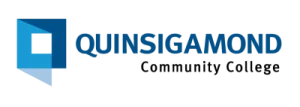


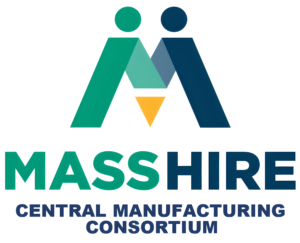
Operations Calling – Celebrate and support the people at the forefront of the industry’s transformation
Operations Calling
"Celebrate and Support the People at the Forefront of the Industry's Transformation"
The manufacturing industry is undergoing significant change, and our vision is to rebuild what it means to work in manufacturing by leveraging powerful, user-centric, and domain-specific technologies. Connect with like-minded professionals and learn from industry experts. Our sessions will cover a range of topics, including process optimization, augmented lean manufacturing in practice, investing in your workforce, and more. You'll gain insights into the latest trends and technologies in the industry, hear from industry executive who are making these changes in their facilities, and leave with actionable takeaways that you can apply in your work right away.
Massachusetts Manufacturing Mash-Up 2023
Polar Park 100 Madison Street, Worcester, United States
Join us at Mash-Up, on September 19, 2023 as we bring innovative people from around the Commonwealth to network, solve industry challenges, and celebrate manufacturing in Mass!
What: Mash-UP
When: September 19th from 10 AM - 3 PM
Where: Polar Park, Worcester
How: Click the registration button below!
Don't miss the 8th Annual Manufacturing Awards Ceremony sponsored by MassMEP on the third floor in the DCU Club.

*pictures from the 2022 Massachusetts Manufacturing Mash-Up & 7th Annual Manufacturing Awards Ceremony sponsored by MassMEP
Massachusetts Working: How Massachusetts Delivers Value to Employees and Employers
Join MassECON for a panel on Massachusetts Working: How Massachusetts Delivers Value to Employees and Employers
What is Massachusetts doing right on workforce development? And how, despite being a generally higher-cost state, do Massachusetts workers benefit by working in the state? In two rapid-fire panels, we’ll gauge current hiring trends and highlight how the public and private sectors have marshaled considerable resources in building effective talent development programs and pathways to work in Massachusetts.
Confirmed Speakers include:
- Lauren Jones, Massachusetts Secretary of Labor & Workforce Development
- JD Chesloff, President & CEO, Massachusetts Business Roundtable
- Stephen Spinelli, Jr., President, Babson College
- Susan Pardus, Partner KLR Executive Search Group
- Kathie Mahoney, President/CEO, MassMEP


